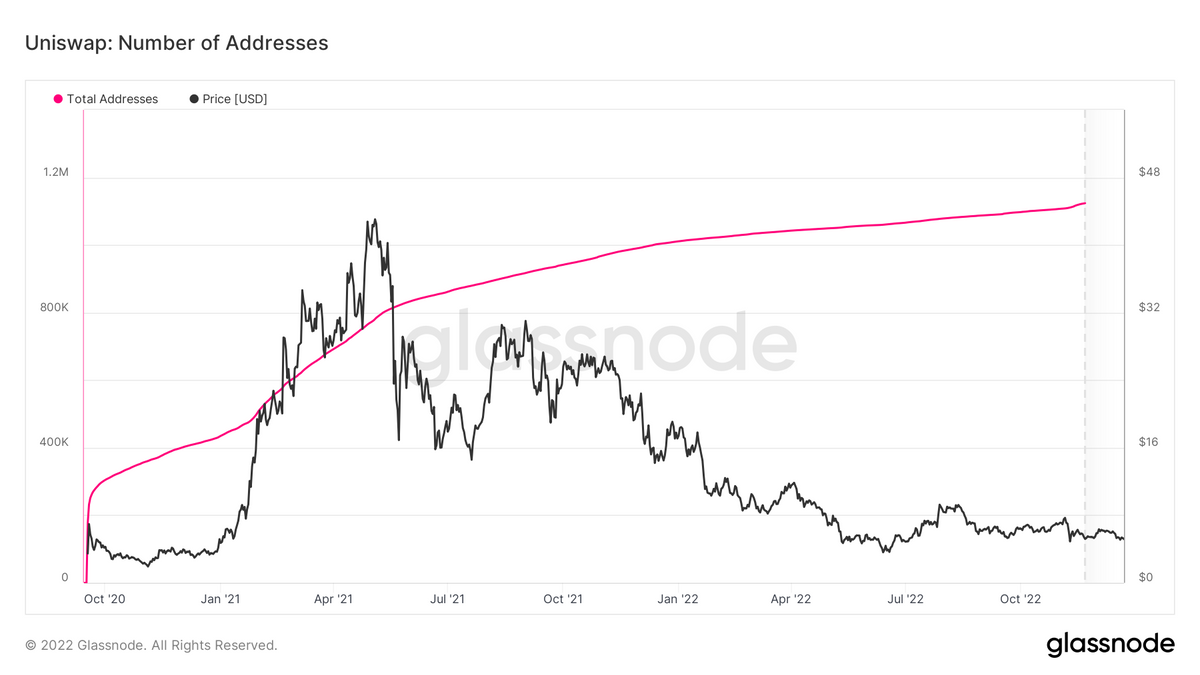Why Base and MetaMask tokens would change the game — even if they’re late
Token launches from MetaMask and Base feel both inevitable and strategic. Together, they mark a shift in how crypto’s core infrastructure players plan to govern, grow, and capture value.

Base and MetaMask are not startups scrambling for runway. One is Coinbase’s fast-growing L2 with over 20 million monthly active addresses.
The other is crypto’s most widely used wallet, integrated into every corner of the ecosystem. So when both suggest that token launches are imminent, it signals more than another airdrop season — it hints at a deeper shift in crypto’s architecture.
In the past week, Base founder and champion Jesse Pollak confirmed Base is "exploring issuing a native token.” Joseph Lubin, CEO of Consensys (the company behind MetaMask, said the popular wallet's token is coming “sooner than you expect.”
Neither announcement offered timelines, but both represent a public pivot, which raises questions.

Why now?
Part of the answer is regulatory.
After years of uncertainty, US courts and lawmakers have begun to draw clearer lines around what tokens can be. The SEC’s expansive theory of jurisdiction is being challenged — and not always holding up. Legislative proposals like the Clarity for Payment Stablecoins Act are carving out lanes for compliant tokenization. In Wyoming, DAOs already enjoy legal status.
The Overton window is shifting.
There’s also pressure from the market.
Arbitrum, Optimism, and other L2s have already launched tokens that reshaped ecosystem incentives. For Base, staying tokenless risks losing ground in user acquisition, developer funding, and governance influence.
Meanwhile, MetaMask is facing real competition from wallets like Phantom, Rainbow, and Rabby. A token could be more than a growth lever — it could be a moat.
And both platforms have outgrown their original roles.
MetaMask is no longer “just a wallet.” It now includes built-in swaps, plugin extensions (Snaps), and its own stablecoin (MetaMask USD).

And Base is not just an L2 — it’s becoming a multi-chain, developer-first platform with open-source bridges and growing political capital inside and outside Ethereum.
Tokens would crystallize that shift from interface to platform.
What a Base token would mean
Jesse Pollak hasn’t shared a timeline or details, but the mere fact that Base is exploring a token represents a reversal. Coinbase’s original messaging explicitly rejected the idea.

Now, Base is not only reconsidering, but framing the conversation around compliance and long-term ecosystem design.
This isn’t just about keeping up with Optimism or Arbitrum. A Base token could power incentives for cross-chain activity, support protocol builders, and even fund public goods through coordinated treasury efforts. It could reshape L2 competition — not just around speed or cost, but around governance models.
The big question is how it would be distributed. Would Coinbase retain control? Would users be retroactively rewarded? Would governance be delegated to a DAO, or remain effectively internal?
The answers will signal how seriously Base takes decentralization — and how much it's willing to let the ecosystem shape its trajectory.
What a MetaMask token could unlock
MetaMask’s roadmap has long hinted at a native token.
Joseph Lubin’s recent comments (“sooner than you expect”) are the clearest public signal yet. And there’s a clear rationale: with over 30 million monthly users, MetaMask is the gateway for most of crypto (it's like the Google Chrome of crypto).
A governance token could align user incentives, enable platform-wide coordination, and unlock protocol-native monetization.
The MetaMask USD stablecoin, launched quietly and now holding over $50M in market cap, hints at where things could go. With a token layered on top, MetaMask could become more than a wallet — it could become a programmable economic layer.
There are tradeoffs, of course. Governance adds surface area for attack. Monetization invites user pushback. But the upside is real: MetaMask could become the most widely held governance token in crypto history (in terms of wallet distribution) — a platform where wallet-level UX meets network-level coordination.
Infrastructure with a balance sheet
The real shift here is to the financial footing. These tokens could turn infrastructure into allocators of capital.
In the early DeFi era, tokenization was used to bootstrap attention and liquidity. Protocols needed users, and tokens were a fast way to get them. That dynamic created new markets, but also led to short-termism and extractive behavior. Tokens were tools for growth, not necessarily for governance.

What makes Base and MetaMask different is that they don’t need tokens to survive. They already have users. They already generate revenue. What they need now is a way to steer their ecosystems without owning every piece of them.
A well-designed token offers that: a way to coordinate incentives, reward contributors, and grow an ecosystem without vertically integrating it. It turns infrastructure from passive middleware into active capital — with a balance sheet, a community, and an agenda.
This is already playing out at the margins. Optimism is allocating millions through its Retroactive Public Goods Funding mechanism. Arbitrum controls a treasury larger than many DAOs combined. Uniswap’s protocol fee switch could activate billions in cumulative value.
These aren’t edge experiments — they’re governance systems with real budgets.
If MetaMask and Base follow suit, the stakes are even higher. Because these aren’t just DeFi protocols — they’re foundational interfaces. Wallets and L2s sit upstream of most user flows in crypto. Whoever controls them controls distribution, attention, and user behavior.
Which raises the question: if these platforms are going to govern capital, who governs them?
Is this Open Money — or just platform capture?
This is where the Open Money lens becomes essential. At its core, Open Money is about distributing economic coordination — not just access to code or networks, but participation in how value is created and allocated.
These token launches could embody that. They could take two of the most important layers in crypto — the wallet and the settlement rail — and make them user-owned, programmable, and incentive-aligned. That’s not just “good” for Open Money — it would be Open Money at scale.

But the window is narrow. If the tokenomics are extractive, or governance is symbolic, or access is gated behind insider allocations, then what we’ll get isn’t an unlock — it’s enclosure. The optics will say “decentralized,” but the structure will serve as leverage for the platforms that already dominate the stack.
The MetaMask and Base tokens sit at a fork:
- Down one path, they become the bedrock of open crypto infrastructure, with embedded incentives for builders, users, and new experiments in protocol-native governance.
- Down the other, they ossify power — turning wallets and rollups into platform monopolies wrapped in community language.
The choice won’t be visible on launch day. It’ll reveal itself in the months that follow — in who holds power, how decisions are made, and whether users become owners or just yield.
So: is this Open Money? Not yet. But it’s the closest we’ve come to testing whether open infrastructure can scale without losing its soul.




